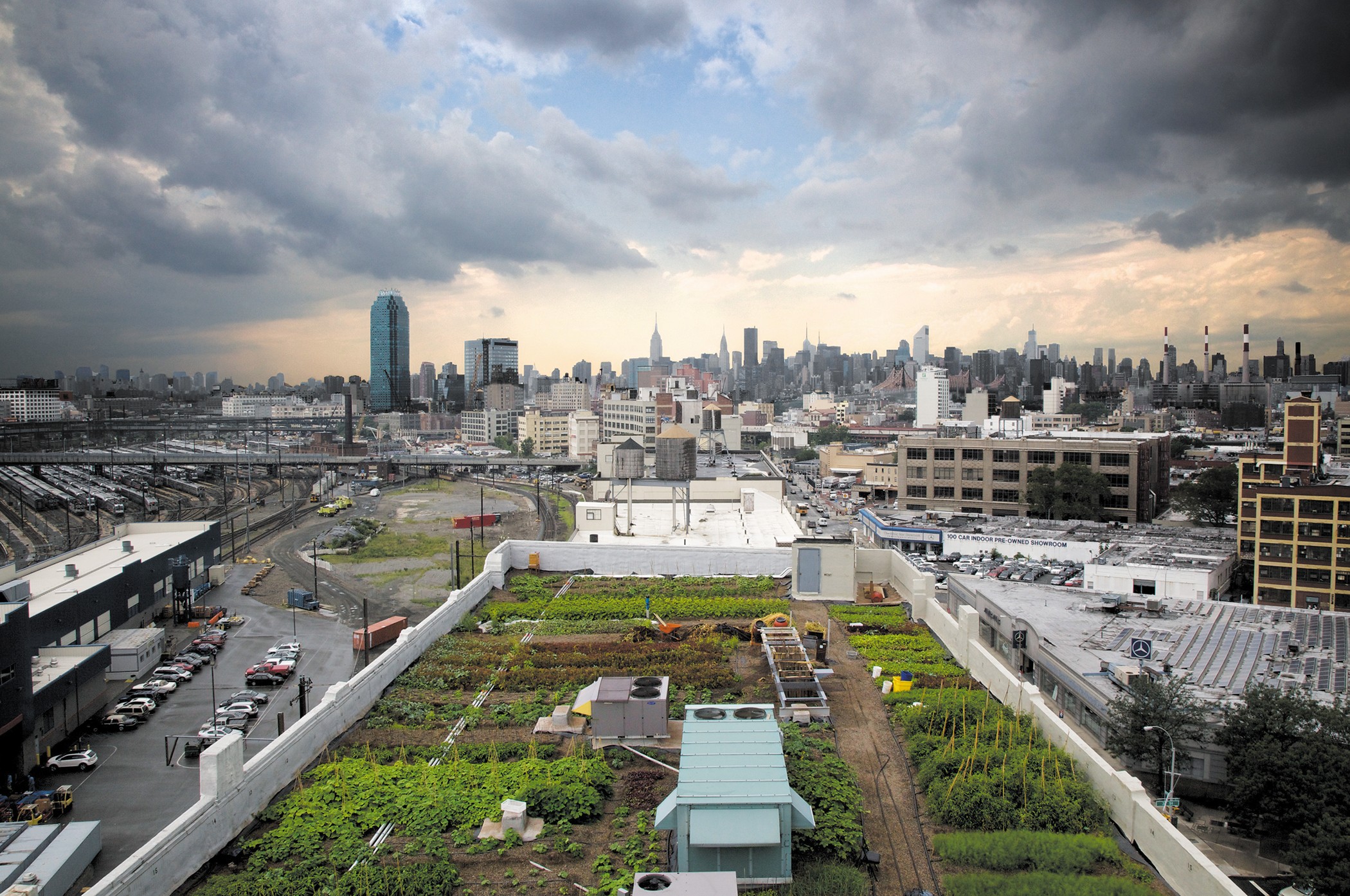Rumored Buzz on City Blooming
Table of ContentsThe smart Trick of City Blooming That Nobody is DiscussingWhat Does City Blooming Mean?The 6-Second Trick For City BloomingSee This Report about City BloomingAn Unbiased View of City Blooming
Interested in growing food to buy in the City of Chicago? Believing regarding starting a community yard? Adjustments to the Chicago Zoning Regulation allow agricultural usages like neighborhood gardens and city farms in many parts of the city. Below is a checklist of often asked concerns relating to the rules and guidelines that growers ought to consider when planning a city agriculture task.
The zoning change does not modify any various other codes handling composting, structure permits, acquiring or leasing City had residential or commercial property, company licenses or ecological contamination. There are existing codes that regulate these concerns and they remain in complete effect and might apply to your task. Neighborhood yards are generally possessed or taken care of by public entities, civic companies or community-based companies and maintained by volunteers.
Urban farms grow food that is meant to be sold, either on a nonprofit or for-profit basis. Because of their business function, city ranches require a business certificate. Yes. A neighborhood yard is allowed to offer surplus create that was grown on website if the sales are accessory or subordinate to the garden's key purpose described above.
City Blooming Can Be Fun For Everyone
Composting is permitted but just for plant material that is produced and used on site. The quantity of compost product can not surpass 25 cubic lawns at any kind of offered time according to the requirements in 7-28-715 of the City's Municipal Code. Yes. Because the dirt at a lot of new yard websites needs changing, compost, dirt, wood chips, or various other products can be obtained to create or improve the growing area - balcony and patio garden design.

If a structure authorization is needed then the hoophouse will certainly be taken into consideration an accessory building. You can figure out more regarding the building license demands by contacting the Division of Buildings. The 25,000-square-foot dimension limitation is intended to stop a solitary area yard from controling an offered block or diminishing the block's existing domestic or commercial character.
The limit does not put on yards found in Public Open Space (POS) areas. Can there be even more than one community yard that is 25,000 square feet on a single block? Yes. The dimension limitation puts on private yards, not to private blocks. No. Fencing is not needed, however, yards that have large vehicle parking areas might be required to set up secure fencing or other landscape design features.
Some Known Questions About City Blooming.
B1 & B2 areas need that all industrial use activities be conducted inside. Is fencing needed for metropolitan ranches? Fencings may be called for, along with landscape design and screening, for specific parking locations and outside job or storage space areas depending on area and the details activity taking location.
Yes. Urban ranches need structure authorizations and zoning authorizations prior to building. Other forms of city evaluation might be needed depending on specific frameworks, tasks, size, landscape design, licensing, public health and stormwater management concerns. Most of these demands are determined in the job style or allowing process, however, the candidate may be liable to separately recognize certain licenses or permits that might be required.
Yes. The sort of certificate is figured out by what is occurring at the site. The Department of Organization Matters and Consumer Defense can help determine the certain kind of service license that's required. Yes. Off road parking is required for a lot of commercial tasks in Chicago. The called for number of vehicle parking spaces is based upon the number of workers working with website and not the square footage of the growing space.
Indicators on City Blooming You Need To Know

Yes. An urban farm can offer compost material produced on website, nonetheless, the procedure needs to abide with the policies in 7-28-715 of the Chicago Municipal Code. Yes. Aquaponic systems are enabled inside on urban farms in numerous zoning areas. A zoning evaluation and structure authorization is called for in order to mount frameworks or systems and a company license is required as defined above.
Up to 5 hives or swarms of honey might be kept as an accessory use. Nonetheless, beekeepers have to register with the Illinois Division of Farming. To find out more regarding the suggested zoning amendment you might contact the Division of Real Estate and Economic Development, Bureau of Planning and Zoning at 312.744.8563.
Farming in cities and urban locations A metropolitan farm in Chicago. Urban farming refers to various practices of growing. https://www.pageorama.com/?p=cityblooming, handling, and distributing food in metropolitan areas. The term likewise applies to the location activities of animal husbandry, aquaculture, beekeeping, and gardening in a metropolitan context. Urban agriculture is identified from peri-urban agriculture, which takes place in rural locations at the side of suburbs.
The Basic Principles Of City Blooming
, who seek to form social networks started on a shared values of nature and community holism. These networks can establish by means of official institutional support, coming to be integrated into neighborhood community planning as a "transition town" activity for lasting city advancement.
The more direct access to fresh veggie, fruit, and meat products that check my source may be understood with city farming can improve food protection and food safety while decreasing food miles, bring about reduced greenhouse gas discharges, consequently adding to environment adjustment reduction. Several of the initial proof of city farming comes from Mesopotamia.